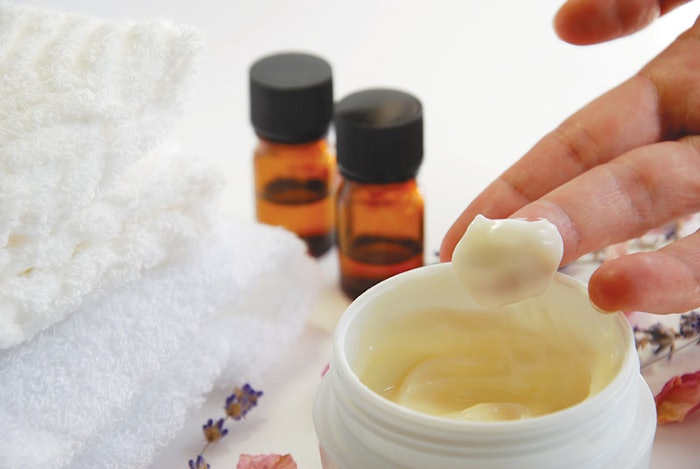
In Euromonitor International’s Online Survey on Personal Appearances, more than one-third of consumers across 16 markets claimed natural/organic was a key influencer in their skin care purchasing decisions, while nearly 40% of them chose “super high quality” as the most influential reason.
As a result, natural/organic brands need more than just natural credentials to attract consumers’ attention. Many have already launched more sophisticated products, such as anti-aging products and serums with strong claims.
Natural Demand in Asia
Looking at the number of consumers who seek natural/organic skin care by country reveals India, Indonesia and China scored the highest; in some cases, more than half of respondents seeking natural skin care. With China and India having a history of local skin care remedies including medicinal and natural ingredients, this is not surprising.
Furthermore, the respondents from these markets were from the higher respective income groups. In fact, of the consumers who indicated that natural/organic claims were an important factor when buying skin care products, more than 80% earned above China’s average disposable income per capita—$4,652 in 2014.
Growth Ahead for Indonesia and India
A similar story was seen in Indonesia and India, the latter of which has the lowest average disposable income from the group. This indicates that while there is an opportunity for natural/organic players in these emerging markets, pricing remains an issue, especially with internationals looking to explore the burgeoning middle class rather than the average consumer.
While all three markets are mass dominated, Indonesia will be the eighth biggest absolute growth contributor to premium skin care over the 2014–2019 period. India will almost double this segment to just over $140 million in 2019.
Despite India and Indonesia remaining niche in the premium market, their favorable demographics of vast populations and increasing disposable incomes, coupled with a relatively unexplored market, create an attractive environment for lower-end premium players.
China Ascending
China undisputedly holds the strongest opportunities, as it will be the source of more than 60% of premium skin care’s growth to 2019, surpassing Japan to become Asia’s biggest premium market.
Plant extracts or herbal ingredients are usually favored by Chinese consumers, as they are deemed less hazardous than synthetic ingredients. Local brands including Inoherb and Herborist have benefited from such a consumption trend. Herborist was in the global top 10 fastest-growing brands in 2014, with 17% growth. It has continued this expansion outside of China by entering the United Kingdom through www.feelunique.com, while it is also present in France, Italy and Germany though Douglas and Sephora.
In China, lower-priced premium natural brands such as L’Occitane are growing strongly in the market, with this brand having doubled its share in skin care since 2009 to reach 18% in 2014. The world’s fastest-growing skin care brand in 2014, Innisfree grew by an impressive 300% to reach a value of $80 million after just three years’ presence in the Chinese market.
The brand’s strong focus on innovation, high quality perception by consumers, Korean brand image, affordability and natural positioning appears to be a winning combination for Chinese consumers. Innisfree also is looking to enter India with its own stores.
While natural credentials remain attractive to consumers around the world, for brands to succeed in both emerging and mature markets, they must be perceived as having high quality, have a strong image and remain relatively affordable to the average consumer.
In the promising markets of India, Indonesia and China, standalone presence and a wide skin care portfolio also are important in order to compete with both the local/regional players and the internationals.










